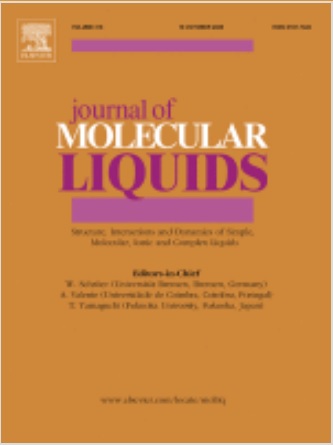In response to the rapid development of nanomaterials in the biomedical field, especially in advanced cancer therapy, more comprehensive studies regarding the safety of nanomaterials are continuously required. Currently, several fundamental studies concerning the fate of nanoparticles in the biological media are needed, especially before in vivo studies. Inspired by these approaches, and the wide variation on result in the literature regarding copper (I) oxide nanoparticles (Cu2O NPs), in this article we modified sulfobetaine-stabilzed Cu2O NPs with glutathione (GSH) and hyaluronic acid (HA) tumor targeting ligands to investigate the effects of nanoparticles design on their stability in four different biological fluids: simulated saliva, human blood plasma, gastric and intestinal fluids. In addition, we examined the kinetics of copper ions release under physiological conditions, and according to mathematical models, we proposed the most probable mechanism of mass transport. The GSH- and HA-modified, as well as unmodified sulfobetaine-stabilized Cu2O NPs suspended in all tested biological fluids, formed agglomerates with sizes varying from 150 to 700 nm. The highest copper ions content was observed for Cu2O NPs in simulated gastric fluid. The formation of aggregates and copper ions release in contact with biological fluids influenced the Cu2O NPs cytotoxicity. The results indicated that cancer cells were more susceptible to HA-modified copper oxide NPs action.

